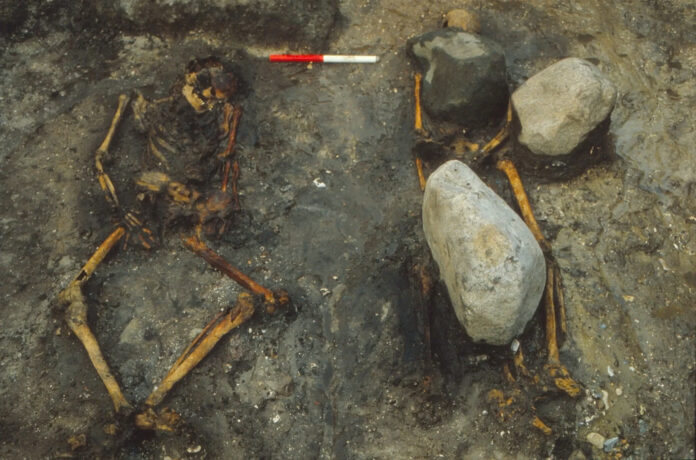For generations, popular culture has portrayed Viking warriors as exclusively bearded, burly men wielding axes and swords. Recent archaeological discoveries, however, are challenging this hypermasculine image and revealing a more nuanced understanding of Viking society—one where some women picked up weapons and joined the fray.
The Warrior Burial That Changed Everything
In Birka, Sweden, archaeologists discovered something extraordinary: a 1,000-year-old burial site containing an impressive arsenal of weapons—a sword, an ax, spears, arrows, knives, shields—alongside riding equipment and two war horses. For nearly 150 years, experts assumed they had found a male warrior. That assumption was shattered in 2017 when DNA analysis revealed the skeleton belonged to a woman.
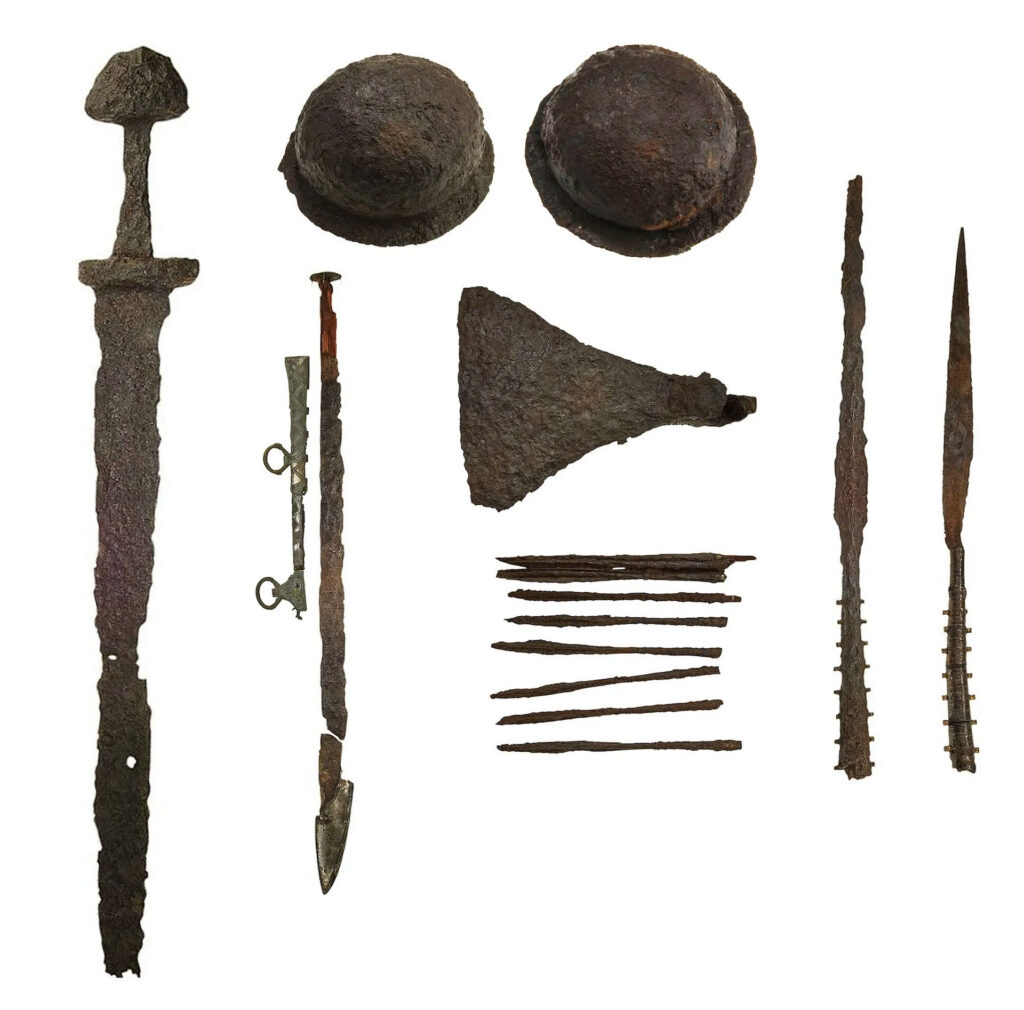
“The evidence was clear, yet many refused to accept it,” says Dr. Amanda Thorsson, who studies Viking-era gender roles. “Even with definitive scientific proof, some archaeologists constructed elaborate explanations to deny this woman’s martial profession.”
The Birka discovery is not isolated. Across Scandinavia, archaeologists have identified approximately 30 graves where women were buried with unmistakable weapons of war.
A Systematic Undercount
“We’re likely underestimating the number of female warrior burials,” explains Professor Erik Nielsen, a Nordic archaeology specialist. “For generations, archaeologists operated on a simple assumption: graves with weapons belonged to men; graves with jewelry and household items belonged to women.”
This circular reasoning has created a self-fulfilling prophecy. When excavating a grave containing a sword, archaeologists would automatically classify it as male—perpetuating the very bias they were operating under.
The reality appears more complex. While most Viking warriors were indeed men, growing evidence suggests women could and did participate in combat under certain circumstances.
Beyond Binary: Viking Social Structure

Viking society may have been less restricted by gender binaries than previously thought. Archaeological evidence shows that while weapons were more common in male graves, they appeared in female burials too. Similarly, items traditionally associated with women, like jewelry, have been found in 40% of male graves.
“Your biological sex influenced your role in Viking society, but it wasn’t the determining factor,” explains Dr. Thorsson. “Social class, family connections, and personal capability played equally important roles.”
The Shield Maiden Legacy
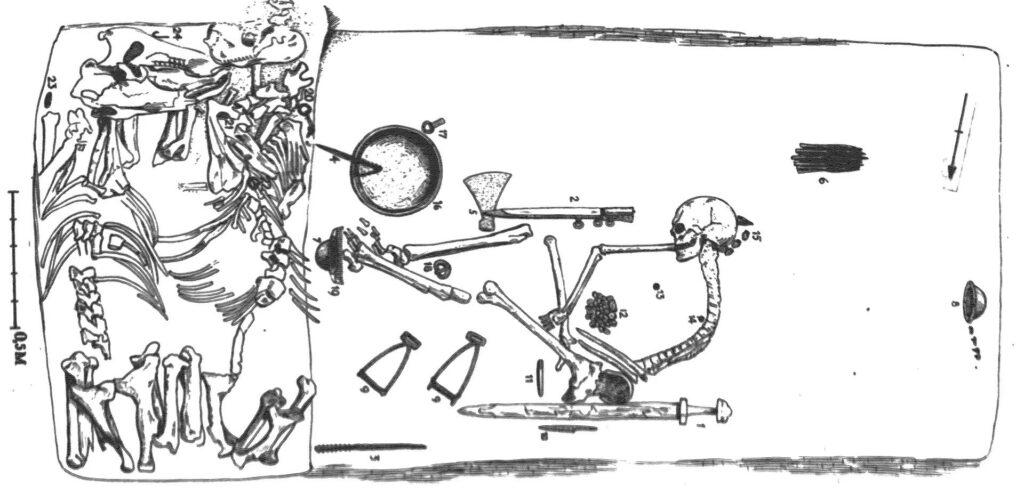
Norse sagas and medieval texts contain numerous references to shield maidens and women warriors. The saga of Hervör describes a woman taking up arms to protect family property. In Gesta Danorum, the warrior woman Lagertha travels with fellow female fighters disguised as men.
“These stories weren’t created in a vacuum,” says Nielsen. “They likely reflect some historical reality, albeit embellished over time.”
A Question of Interpretation
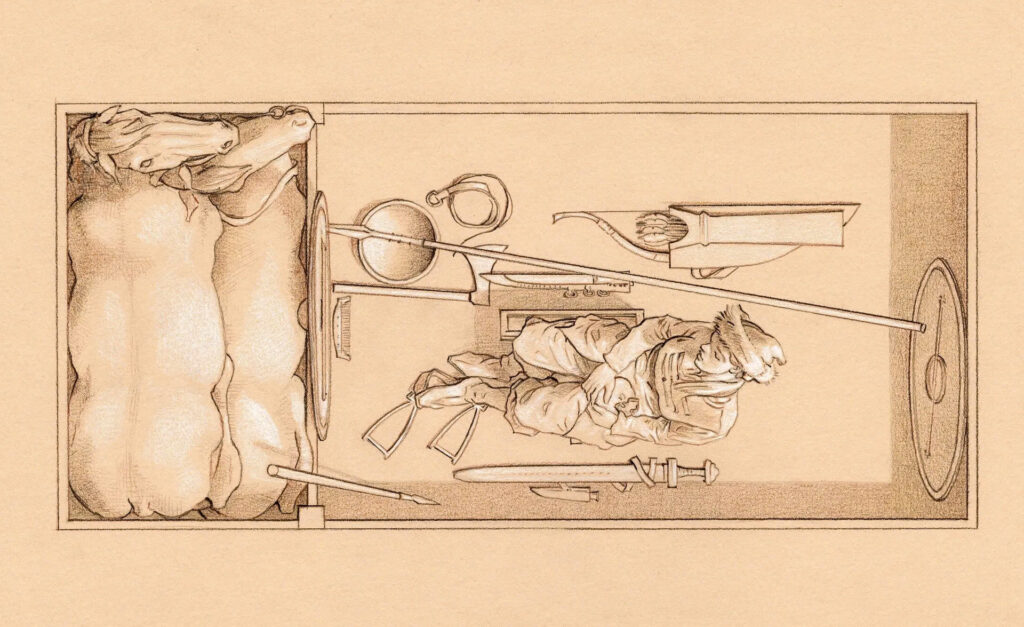
The academic community remains divided on how to interpret these findings:
“If we find a man buried with weapons, we call him a warrior without hesitation,” says Dr. Thorsson. “When we find a woman with the same items, suddenly we need extraordinary proof and alternative explanations. The simplest interpretation is often the most logical—some Viking women were warriors.”
Others urge caution. “Viking burial practices were complex and symbolic,” notes Professor Henrik Magnusson. “Weapons might represent status, religious devotion, or mythological connections rather than profession.”
Video
Beyond the Battlefield
What’s clear is that Viking society allowed for greater flexibility in gender roles than previously recognized. Women could hold positions of power, own property, and in some cases, participate in violence.
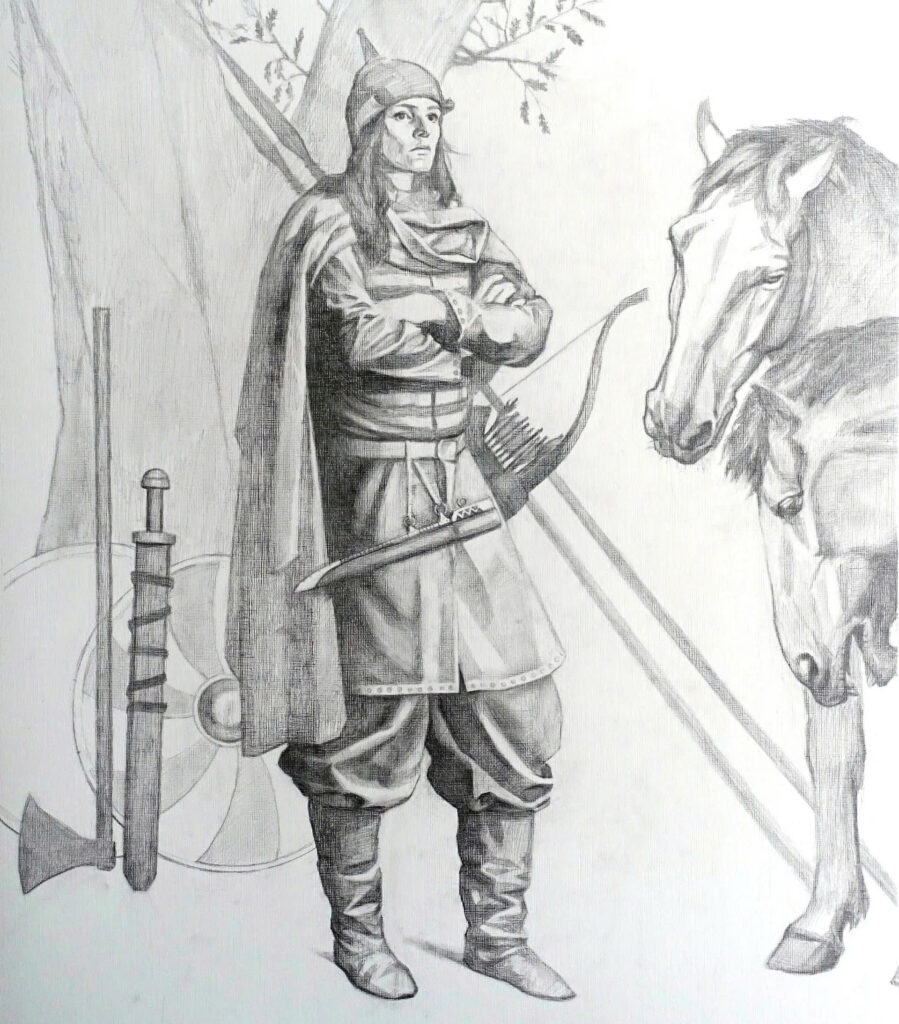
“Violence permeated Viking culture,” explains Nielsen. “It would be naive to think only men were involved in it.”
While female warriors likely remained the exception rather than the rule, their existence challenges our modern preconceptions about historical gender roles—and reminds us that throughout history, women have defied expectations and broken boundaries, even on the battlefield.
“The debate continues,” concludes Dr. Thorsson. “But with each new discovery, the evidence grows stronger that some women in Viking society lived—and died—by the sword.”
